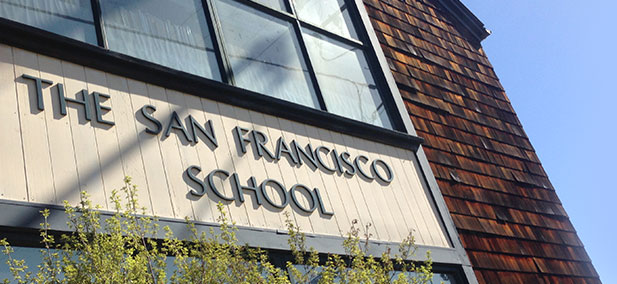Humanities
What are the Humanities? We think of it as the language, literature, history, art, music, and philosophy that has to do with the human race.
In 6th Grade Humanities, the focus is on the connection of these disciplines and choice. It is the year where students get to explore how reading, writing, and history blend together.
In Language Arts, writing projects include a class book of important recipes—students get insight into each others lives while developing writing skills. By writing daily and in different styles, they learn a variety of genres, explore voice, wording, tone, and format to express what they mean. Students are challenged to read daily and build a lifelong habit of reading. We have discussions about character, technique, and themes, and we build vocabulary through Wordly Wise.
Our exploration of history begins with an in depth look at maps and through a World Food showing how the world is both dependent on and suffering from globalization. We study ancient civilizations and how geography influences culture and history, from Chinese dynasties and the Silk Road to Central Asia, the Middle East, and Europe. We examine Prehistoric people and the advent of villages and cities through the Agricultural Revolution.
Language Arts and History are kept fairly separate, but students are always using the skills learned in one class for the other. For example, in a reading project based on Francisco Jimenez’ book The Circuit, they might look up some information about the lives of farmworkers in Coachella, California, in order to write a letter to the Senator. Later, they might use the skills of internet research and note-taking again in order to get ready for their teaching lesson to 3rd Graders about the benefits of shopping at a Farmer’s Market for History class.
The year concludes with a research project called Proteus, where students learn to ask important questions, search for answers, and present their understanding through an essay and another method of their choosing, such as a podcast, an interpretive dance, a cooking show, a model of a Phoenician ship, or a board game. Proteus pulls together all of the work they have done to organize project work, research ethically, write well, revise, and present their understanding.
Learn more about our Humanities program in the Curriculum Guide.
